KIAWAH ISLAND, SC. The 103rd PGA Championship will be contested this week on the renowned Ocean Course on Kiawah Island, SC. The event marks a return of the event having been played nine years earlier in 2012 and won by Rory McIlroy.
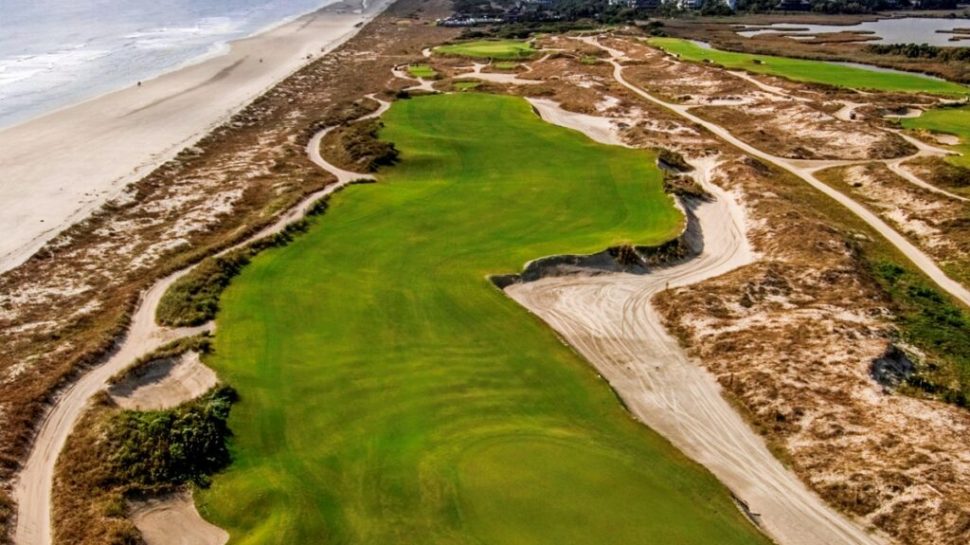
The event also marks the first major championship played on a Pete Dye designed layout since the masterful architect passed away in January 2020.
Dye was given the responsibility of bringing to life a course that did not even exist when the PGA of America made the announcement that the 1991 Ryder Cup Matches would be played there.
The challenges in completing the course in two years wrtr hampered for a period of time when Hurricane Hugo struck the greater Charleston area in 1989. Dye continued to get to the site by boat and was on the front lines with his crew in reshaping the natural dunes leveled by the storm.
The Ocean Course has a basic out and back routing on both the outward and inward sides. The course begins in a northeast direction for the first several holes. The long exception being the par-5 3rd. At the 6th you turn and head back in a near straight line back to the clubhouse.
At the 10th you head in a southeasterly direction through the 13th hole. At the par-3 14th you return in a northeast through the 18th hole. The final five holes run parallel to dunes which separates the layout from the Atlantic Ocean.
Dye was mindful to include a number of extended teeing areas to deal with whatever gains in equipment technology would occur in the years after the course opened. Although the layout can exceed 8,000 yards the more likely overall distance to be played will be 7,876 yards with a par of 72. That equates to a 77.2 course rating and 144 slope.
No major championship venue on the east coast of the USA -- with the possible exception being Shinnecock Hills, is more exposed to the vagaries of weather and wind than The Ocean Course.
Since its opening -- The Ocean Course has been consistently rated among the USA's top courses -- Golf Digest recently rated the layout as the 24th best. The Ocean Course is open to the public for those staying at the resort.
Five key individuals were contacted to provide their viewpoints -- with four residing in the Palmetto State.
The legacy of Pete Dye will be front and center as the world's best players vie for possession of the famed Wannamaker Trophy. Should weather conditions intensify it is quite conceivable The Ocean Course will emerge as the ultimate victor. Given that possibility -- one can only imagine Pete smiling with that possibility looming.
***
You hear the words -- The Ocean Course at Kiawah -- what one word best sums up the layout?
JOHNSTON: One word -- challenging.
SCHAUPETER: Challenging.
FRYE: Challenging - This golf course will not forgive mis-hit shots. Miscues on most golf courses turn into bogeys. At The Ocean Course, it can easily be a double bogey or worse.
STENSON: Wind.
SHERMAN: Cerebral.
Outline the task Kerry Haigh (lead man for the PGA of America) faces in setting up the course appropriately for the four days of competition?
SHERMAN: The wind forecast will be everything for Kerry. Hopefully there will be wind during the competition, and typically it comes from multiple directions. Pete built in flexibility to the design which allows for changing wind conditions - and our renovation only added in more options for Kerry to consider both for longer and shorter challenges on each hole.
SCHAUPETER: Getting the balance correct with course set-up relative to expected wind conditions. This is generally true for most championships nowadays as the courses are kept on a knife-edge of sustainable conditions in order to create enough challenge for the players.
A little unpredicted weather in terms of moisture or wind could throw the delicate balance out of whack. The Ocean Course has complete exposure to the high variability of the ocean winds could present a more challenging test for the course setup than many other courses.
FRYE: Anticipating the wind and how firm the greens should play will be the caveat. Presently, the greens are mixture of overseeded Pure Select Bent / Pure Distinction Bent on OC and Paspalum as a base. This is an unusual combination that has never been used. The greens will be really good. As for wind, that is Kerry's big challenge.
The wind can change on a dime. Predicting firmness of the greens in combination with wind direction and velocity will be tricky in setting up pins and tees. Of course, Kerry has experience on The Ocean Course all the way back to the 1991 Ryder Cup. So this will be no surprise to him. Everything is on the table.
STENSON: Again, wind is the key. Kerry Haigh, in setting up the course for the competition, has plenty of choices to make given the wind direction and speed, Pete Dye’s sharp angles, and the huge potential variety in length of hole given Pete’s visionary provision of teeing options. I hope Kerry will adhere to Pete’s philosophy of having some of the longest holes play into the wind.
I recently walked the back nine and the course is in beautiful condition, the fairways and runoffs are pristine, and the rough is up although not really penal. I am hoping for a strong southwest wind for at least a couple of days. Or maybe a repeat of the 30-mph cross wind directly off the ocean, out of the south, that we had on Friday in 2012.
JOHNSTON: I think Kerry Haigh will have an easy job setting up the course as I think Pete Dye built a variety of options into how each golf hole can be played. Haigh’s biggest problem will be if the wind direction/velocity changes overnight and doesn’t work with his planned setup.
Home, sweet home. ⛳️🤩 https://t.co/eaQtciQzcD
— Kiawah Island Golf Resort (@kiawahresort) May 12, 2021
How difficult in general is the task in testing the world's greatest players? It seems only wind and firm ground conditions can prevent an onslaught of low scores. Agree or disagree?
FRYE: The Ocean Course will have a fairway cut in combination with an intermediate cut and lots of rye in the rough sweeping along the edge of the fairways next to the dunes and sand. If the weather holds and the rye does not burn out due to heat stress, that is a variable that will make holding shots out of the rough very difficult - especially down-wind flyers.
The one other thing that The Ocean Course has in defending itself against the Best in World is distance. It can play nearly 7,800 yards. How Kerry uses this will be interesting! This golf course has teeth -- if need be with respect to distance.
SHERMAN: Very much agree. We cannot continue to chase length, so challenges at the greens, with firm conditions, are the best recipe for testing the best players.
STENSON: I would have to agree for the most part, and especially at The Ocean Course, where the fairways are pretty wide and the greens generous in size. Yes, Pete’s sharp angles, both vertical and horizontal, and the extra elevation that Alice Dye added to the greens provide a good defense, but the slightly sticky paspalum turf mitigates the firmness of the course somewhat and limits run-outs. Fortunately, we have had very little rain in the last 6 weeks, so the course should play about as fast as it can.
JOHNSTON: I agree that in general, it is difficult to test today’s professional players especially with perfect turf conditions and soft greens. I hope they dry out the Ocean Course for the event and the winds blows differently each day. That will identify the best player.
SCHAUPETER: I agree in general. Wind, firm ground conditions and a diversity of stronger ground slopes are needed to keep the scores from going extremely low. The players themselves and the technology of the balls and clubs are always on the cutting edge of advancing how far and how consistently they hit the ball. The golf courses are always in a position of playing defense against those gains.
Players and technology can advance every year with new clubs, balls, exercise routines, etc. The golf courses are limited in how they can be adjusted without spending millions on renovations every year, so they can’t keep up. If keeping the scores close to par is important or considered a true “test” of the world’s greatest players, then it is a very difficult task to accomplish.
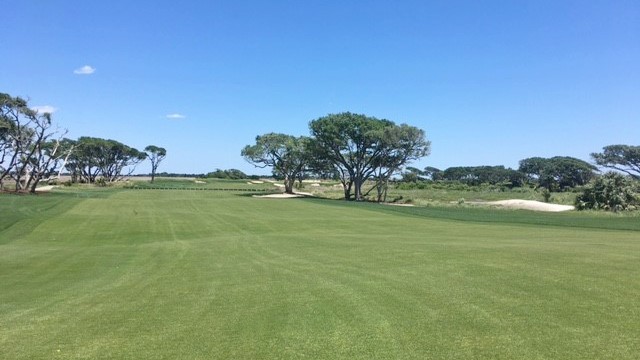
This week's PGA Championship at The Ocean Course marks the first major held on a Pete Dye layout since the renowned architect died in January 2020. What will be the enduring aspect of his legendary career?
FRYE: The master of illusion. In 1991, Pete stretched The Ocean Course back to 7,600 yards when it was built. Pete will always be remembered for being on the forefront of change. He was certainly not conventional in his approach to golf course design. He was innovative!
STENSON: Pete Dye was a brilliant innovator, a great “field engineer”, from his creative drainage work at TPC Sawgrass and Old Marsh, to incorporating fresh design ideas inspired by the old courses at Prestwick and Troon, to his ongoing collaboration with Alice, to carving Whistling Straits out that lakeside bluff. And he was a truly unique character.
But his greatest legacy has to be as a mentor to countless shapers and golf course architects, including many of today’s generation of top designers. I got my own bit of Dye mentorship second-hand from Bobby Weed and David Postlethwaite, both of whom worked closely with Pete. And I am so glad to have had even that second-hand tutelage.
JOHNSTON: Pete Dye created golf courses that make you think, then think again. Rarely did Pete give you a target to aim at from the tee. If you hit a good shot, you were rewarded but you paid the price for a poor one. I was fortunate to play golf with Pete Dye on several occasions, one of which was at The Old Course at St. Andrews. Even if you took away his design skills, Pete was still a remarkable, memorable person with a great sense of humor and sparkling personality.
SHERMAN: Three important reasons. First, he was creative and a strategic thinker. Second, he was almost always ahead of his time when building courses. Technically, strategically, creatively and aesthetically. Finally, those in our business that he trained, both intentionally and unintentionally, may be his greatest contribution to the game and the profession of golf course design.
SCHAUPETER: His unique application of Scottish design elements and principles. Pete Dye created a unique character for his golf courses in general with the extensive use of railroad ties and the small pot bunkers and generally small greens. He was able to apply these elements into a diverse range of sites to create individual uniqueness to each course.
He was also a master of creating strategic, challenging designs for the best players in the world through his generally outstanding creation and use of angles and how they give or take away options for players depending upon how the various golf hole elements are designed relative to the angles of play he created.
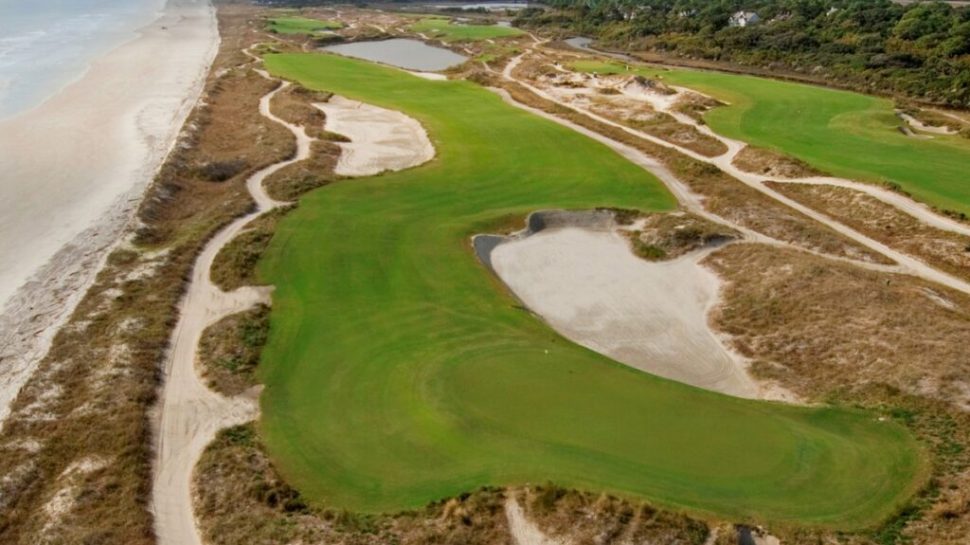
Among the full portfolio of Dye designs -- rank his top five in order of most compelling and meaningful in golf architecture.
STENSON: I would go with the following order: Whistling Straits, TPC Sawgrass / Stadium, The Ocean Course at Kiawah, Harbour Town Golf Links and Teeth of the Dog at Casa de Campo.
SHERMAN: In order -- Harbour Town Golf Links, Crooked Stick, TPC Sawgrass, The Ocean Course at Kiawah and White Oak Plantation -- his last design.
FRYE: The Ocean Course has to be number one. What other golf course designer could pull off building a course over a two-year period for a tournament like the 1991 Ryder Cup and have it perfect and gain the notoriety it has over the last 30 years with as many tournaments as it has hosted. Next in line, Harbor Town, Teeth of the Dog, Crooked Stick, and Blackwolf Run are also great courses.
SCHAUPETER: In order of "most compelling and meaningful golf architecture -- TPC Sawgass Stadium Course, Harbour Town Golf Links, the Whistling Straits Courses, The Golf Club and Casa de Campo "Teeth of the Dog" course.
JOHNSTON: I will only rank the ones I have played or walked: The Ocean Course at Kiawah, Whistling Straits, TPC Sawgrass, The Golf Club and Harbour Town.
In regards to The Ocean Course -- the most intimidating hole is what and why so?
FRYE: Of course -- the 17th. It can be at least a four or five club wind with water guarding the green. Number 14 gets runner-up with very little recognition. It is going to be a game changer depending on how long they play it.
JOHNSTON: Having only played the Ocean Course twice, I would say the toughest hole for me was the par-3 17th hole when the wind is strong and in your face. From the back tee, it was a full driver shot for me and it was tempting just to bail out left of the green to keep the ball in play.
SCHAUPETER: I’ll go with the 17th. This longish par 3 will leave players with no margin for error and at a crucial point in each round and in the tournament come Sunday. Water running the length of the hole on the right side and two deep bunkers left leave players with no bail-out options. Commit to hitting the shot and then execute it, under the mounting pressure as the round and the tournament comes to an end. If the wind is up, it becomes even more challenging. This will be a crucial tee shot for the leaders on Sunday with a lot of visual and mental intimidation to deal with.
STENSON: Again, the wind is the big variable, but I have to say the most intimidating hole for me is #13. It normally plays into either a southwest or northwest wind, has one of the narrowest landing areas on the course, water all the way down the right side with a tight hard edge at the green, and if the wind is coming from the southwest or northwest, the 13th comes at the end of nine tough holes in a row. It is also one of the most interesting holes given that it can play a brutal 500 yards, or it can be set up as a short risk-reward par 4. Let’s see how Kerry takes advantage of that.
SHERMAN: I still believe it is the 17th. It is near the end of your round each day and near the end of the entire tournament on Sunday. The approach shot is very difficult as you try to post a good score or win the event. It is not easy in calm conditions due to the green angle, contour and fronting water hazard - add in wind and it is very intimidating.
Enjoy the view! ☀️⛳️#KiawahWednesday | #PGAChamp pic.twitter.com/9ydlUBDQ7R
— PGA Championship (@PGAChampionship) April 28, 2021
When Dye designed The Ocean Course -- he was prescient in providing expanded teeing areas given the ever-shifting gains made technologically for golf clubs and balls. Is the day coming for 8,000-yard courses and what does that mean to specific host sites that previously hosted the most significant golf events?
SCHAUPETER: If the expectation is that tournament golf should be a showcase for the full range of skills that a world-class player possesses, then yes, 8,000-yard courses are likely going to be needed in the near future. Without the added length the amount of skill needed to score low is somewhat reduced and the variability and compelling interest of the golf is also reduced. The game becomes a somewhat one-dimensional game of “pitching and putting”.
Longer holes introduce the need for more skills, more course strategy options and more course strategizing opportunities for the players to demonstrate their full range of skills. In terms of specific host sites, generally newer, longer courses are going to be needed unless the older, historic courses have the room to expand and renovate. They won’t provide the same challenge that they once did otherwise.
JOHNSTON: I believe Pete created multiple teeing grounds on every hole so the course could be set up for different wind conditions. While he was cognoscente of ever-changing ball and club technology, I feel the wind conditions at the Ocean Course motivated his thought process. I feel, but don’t like, there will be longer and longer golf courses just to challenge the best players the game has to offer.
Obviously, when longer courses are needed to achieve that, many older courses will be left out unless they can change other aspects of their course, such as creating overly undulating, fast greens. But what the PGA Tour, USGA and Augusta National need to recognize is that the spectators love to see great shots, birdies and eagles. They don’t care what the players shoot.
STENSON: Pete was indeed visionary in providing “way back” tees at The Ocean Course, but he was often very critical of the governing bodies’ reluctance or inability to rein in equipment, especially the ball. The distance the professionals, and elite college golfers, are hitting the ball has significant implications for the sustainability of the game.
An 8,000-yard course would require much more land, construction and maintenance costs, irrigation and chemicals, as well as time to play a round. Unchecked, distance will make it difficult for some of the wonderful older courses that can’t add back tees to host events. At the same time, it was heartening to see how well par fared at the 2013 US Open at Merion, at just under 7,000-yards.
As the world turns its eyes toward The Ocean Course for the 2021 @PGAChampionship, we honor the legacy of Pete Dye, whose iconic design helped create an unparalleled golf experience, with a new tribute which greets guests upon arrival to the clubhouse. #kiawahresort #PGAChamp pic.twitter.com/xkilUYyOY4
— Kiawah Island Golf Resort (@kiawahresort) May 6, 2021
SHERMAN: I do not believe the game will allow for 8,000-yard courses going forward. This length takes up too much land and resources to be sustainable in all the important ways. So, eventually the ruling bodies will intervene in the equipment and draw a hard line. Architects will challenge players with strategy, green sites and conditions more intentionally. And some semblance of the traditions of golf will be preserved rather than just adding length.
FRYE: The Ocean Course’s distance was predicated not only on equipment changes but on wind and grass changes that could affect how it plays in the future. It is unfair to compare The Ocean Course to other golf courses. Most great venues will need minor adjustments with regards to distance. But I think we have reached the plateau on length for the most part.
With that said, each course is unique in its own way. Distance alone does not make a course great. There is a thing called strategy. The Ocean Course needed length to be able to adjust for changes in wind direction and velocity. This was ingenious on Dye’s part when he completed The Ocean Course back in 1991.
The Participants
Scott Sherman, ASGCA
Golf Architect
Greenville, SC
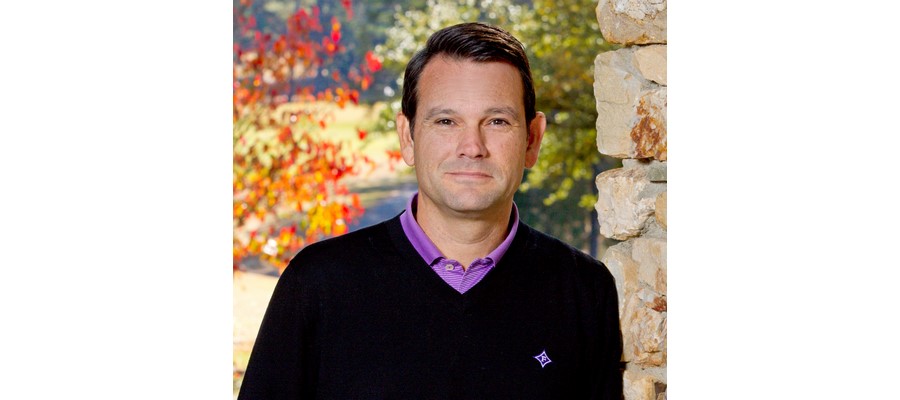
After heeded the advice to associate with the best in the business, Scot Sherman (55) sought out the Dye Family in 1990. After connecting with Alice Dye while she was working on the Ocean Course, Scot was hired to work on the staff with Perry Dye in Denver, and over the years also worked on projects with Roy Dye, Pete and Alice Dye. Currently, Scot serves as Lead Designer for Love Golf Design - founded by Davis Love, III and his brother Mark.
At the same time Sherman handles his own designs, mostly working on restoration of works done by Pete and Alice Dye. His portfolio includes about 50 new and redesign projects including The University of Virginia; The Plantation Course at Sea Island; Atlantic Dunes at Sea Pines; Delray Dunes, Florida; University of Florida; The Ocean Course renovation; and the Glen Mills GC, Pennsylvania.
George Frye, Jr.
President, TransGOLF, Inc.
Kiawah Island, SC

George Frye has spent 22 years as a golf course superintendent. During that time, he had the unique opportunity to work with Robert Trent Jones, Jay Morish, Tom Fazio, Pete Dye and hosted the 1991 Ryder Cup as course superintendent. Among other tournaments, he hosted the1984 Texas Open,1990 PGA Cup Matches, 1996 Shell Golf Matches, 1997 World Cup of Golf.
In 2000, Frye started TransGOLF Inc. which specializes in golf course consulting and product sales. Presently, Mac Frye orchestrates the day-to-day operations of TransGOLF Inc. and brings years of experience and expertise through his exposure from golf all over the world. http://www.transgolf-inc.com
Arthur Schaupeter, ASGCA
President, Arthur Schaupeter Golf Course Architects
St. Louis, MO
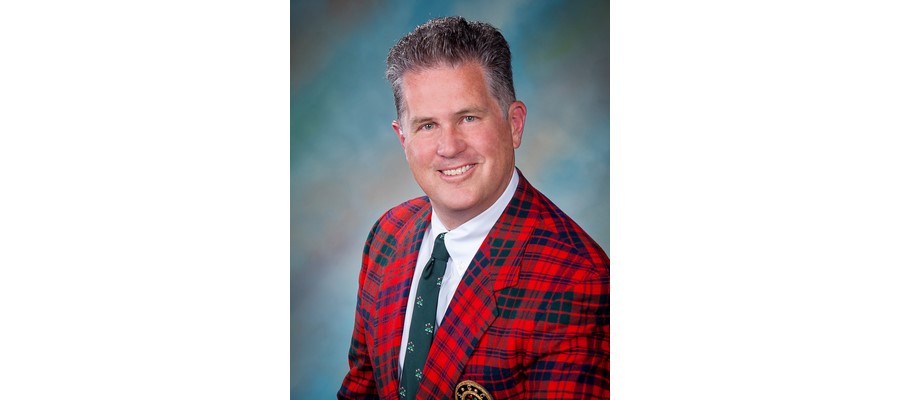
At 55-years-old, Art Schaupeter is in his 30th year in the golf course architecture business. He began his career under the tutelage of Keith Foster before establishing his own design firm in 1997. Art has been a member of the American Society of Golf Course Architects since 1999.
His original design portfolio includes TPC Colorado, The Club at Old Hawthorne, The Highlands of Elgin and Highland Meadows among others. His renovation work includes work with a variety of clubs including Forest Hills CC, Bellefonte CC, Thunder Hills CC and Plum Creek Golf Course.www.schaupetergolf.com
Brit Stenson, ASGCA
Principal, Brit Stenson Design
Kiawah Island, SC
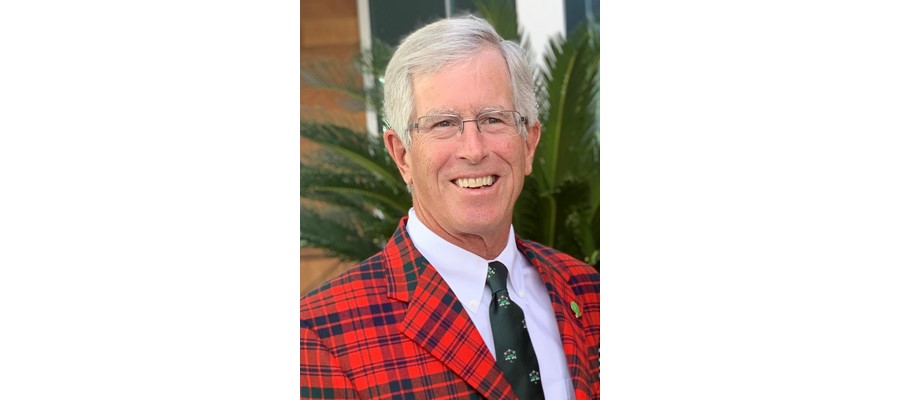
Brit Stenson, educated as a land planner and landscape architect, began his golf course design career later than most, at age 40. He worked for the PGA Tour for seven years, first as Director of Construction, then as Director of Design, building and eventually designing, with Bobby Weed, several TPC courses. In 1991, he joined IMG as their in-house golf course architect, working for 26 years with over 20 of their professional golf clients to design over 75 courses, mostly in Asia.
Now, 71, he is semi-retired but remains active with the American Society of Golf Course Architects (ASGCA), currently as Treasurer and slated to become President in the fall of 2022. He and his wife have had a house on Kiawah Island since 2009.
Clyde Johnston, ASGCA
President, Clyde Johnston Designs, Inc.
Hilton Head Island, SC
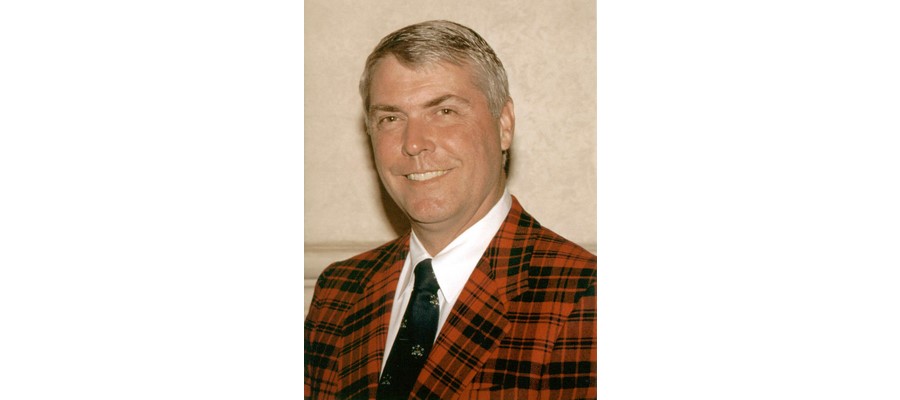
Clyde Johnston, age 69, is a golf course architect based on Hilton Head Island, South Carolina with 47 years of professional experience. He is a member and past president of the American Society of Golf Course Architects. Johnston is also a member of the Lowcountry Golf Hall of Fame. Johnston has been involved in over 200 golf course projects with both new golf courses and renovations of existing golf courses.
He established Clyde Johnston Designs, Inc. in 1987 to provide golf course design, land planning and golf course consultation primarily in the southeastern United States. Prior to his own firm, Johnston apprenticed with established golf course architects Willard Byrd, Ron Kirby and Gary Player. Johnston also grew up in the golf business as the son of long time Carolinas golf professional C.B. “Johnny” Johnston, PGA, who also dabbled in golf course design.



